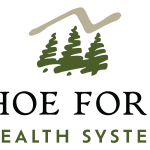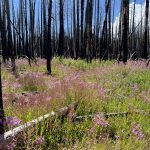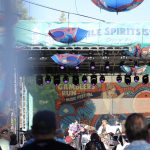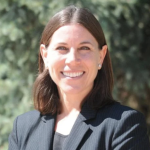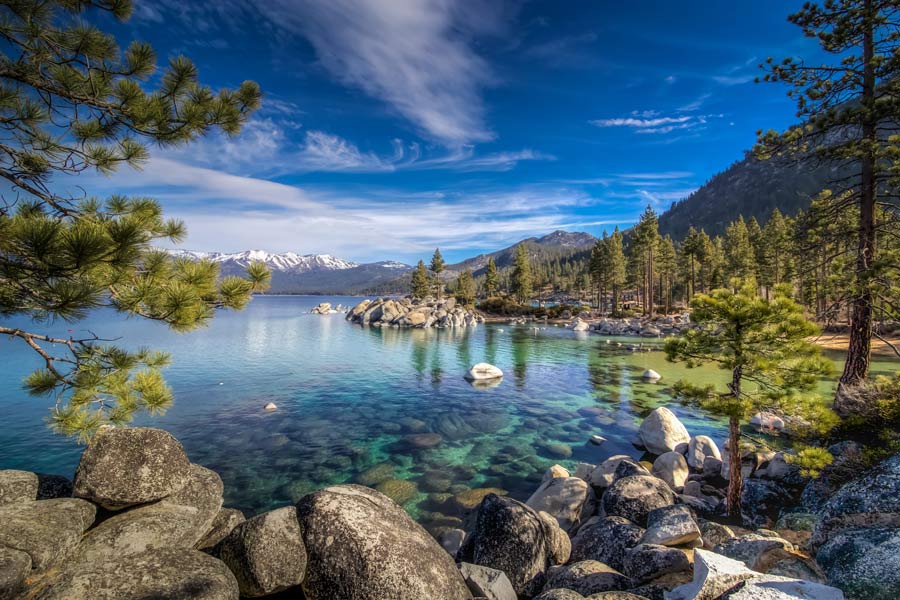Life after fire: From flames to flora, new life buds in wildfire scars
Four years ago, the Caldor Fire burned 221,835 acres in El Dorado, Alpine and Amador counties, as it climbed the western slope and crested into the Tahoe Basin. Over 1,000 structures were destroyed and beloved forests — habitats for animals and playgrounds for recreationalists — were forever changed.
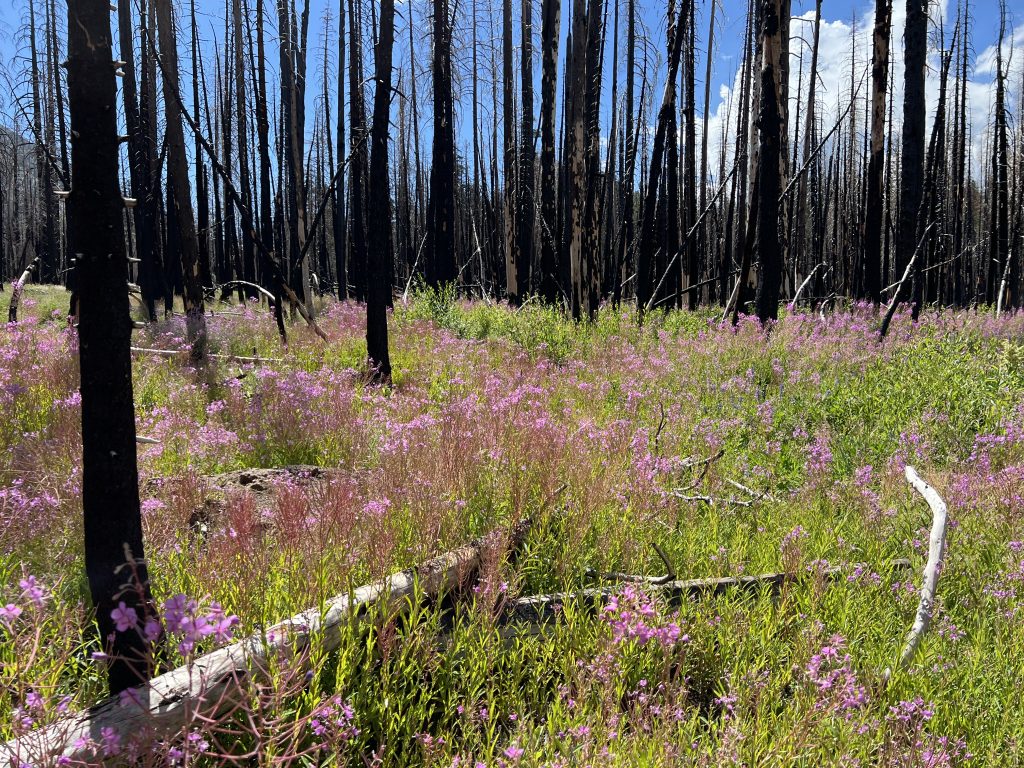
This spring, the U.S. Forest Service Lake Tahoe Management Unit released its proposed Caldor Fire Restoration Project which, among its goals, aims to improve the forest health and resilience by planting native seedlings in the burnscar; removing dead, damaged and diseased trees; and restoring streams, meadows and riparian areas.
Because when a wildfire rolls through a landscape, regrowth isn’t always as simple as letting nature take its course.
BENEFICIAL FIRE
“Our native vegetation communities in the Sierra Nevada are adapted to fire,” explains Emma Williams, forest botanist with the U.S. Forest Service Lake Tahoe Basin Management Unit. “They’ve been living with it for thousands of years, and the fires play an important role in maintaining our forest health through thinning and reducing vegetation and fuels and maintaining a biodiversity of trees, shrubs, grasses, and forbs of varying sizes.”
Historically, lower elevation forests in the basin ignited every seven to 20 years with low-intensity, patchy fires under five acres, burning understory vegetation and some trees, creating space for new growth and stimulating nutrient cycling in the soil. Some grasses and forbs could resprout from the remaining burned plant, while others relied on their underground dormant seed banks to germinate the next year. This is referred to as a “beneficial fire.”
While forest thinning and prescribed burns are now a more regular part of land management, warmer temperatures, extended drought periods, pathogens and pests, and overgrowth from years of fire suppression continue to create more extreme wildfires. In the case of high-intensity “megafires” like the Caldor Fire, the damage is much more significant, with fires climbing into the canopy of the trees and scorching the soil more intensely.
“In these megafires that we’re seeing that burn high-severity over large areas, you’re getting extremely large patches of dead overstory trees — acres and acres of continuous forest that has lost all of its tree cover,” describes Williams. “Below the canopy, there tends to be more damage to our forest soils than there was historically — to the extent that it might kill off most of the soil seed bank if it burned hot enough and you lose your organic material and your microbial communities in the soil. So you’re really starting from a much lower productivity standpoint to recover from.”
Half of the area burned by the Caldor Fire has less than a 40% chance of naturally regenerating tree cover, according to the proposed Caldor Fire Restoration Project, released in April for public comment. “Without intervention, these areas may take 30 years or more to establish forested conditions and face a significant risk of converting to shrublands,” reads the report.
HELPING HAND
When the overstory of trees is burned in a high-intensity fire, the area becomes susceptible to being taken over by other plants, like manzanitas and whitehorn shrubs, and not returning to its former state of biodiversity.
“A good example of that is from the Angora Fire,” notes Maria Mircheva, executive director of the Sugar Pine Foundation, pointing to the wildfire that burned more than 3,000 acres on the edge of South Lake Tahoe in June 2007. “That whole Angora Ridge on the south side is a sea of whitethorn. There were only trees planted on the bottom along the dirt road, and the sea of brush has changed the landscape. It works as habitat for some animals, but it’s not regrowing into the forest it was — not to mention it’s really flammable.”
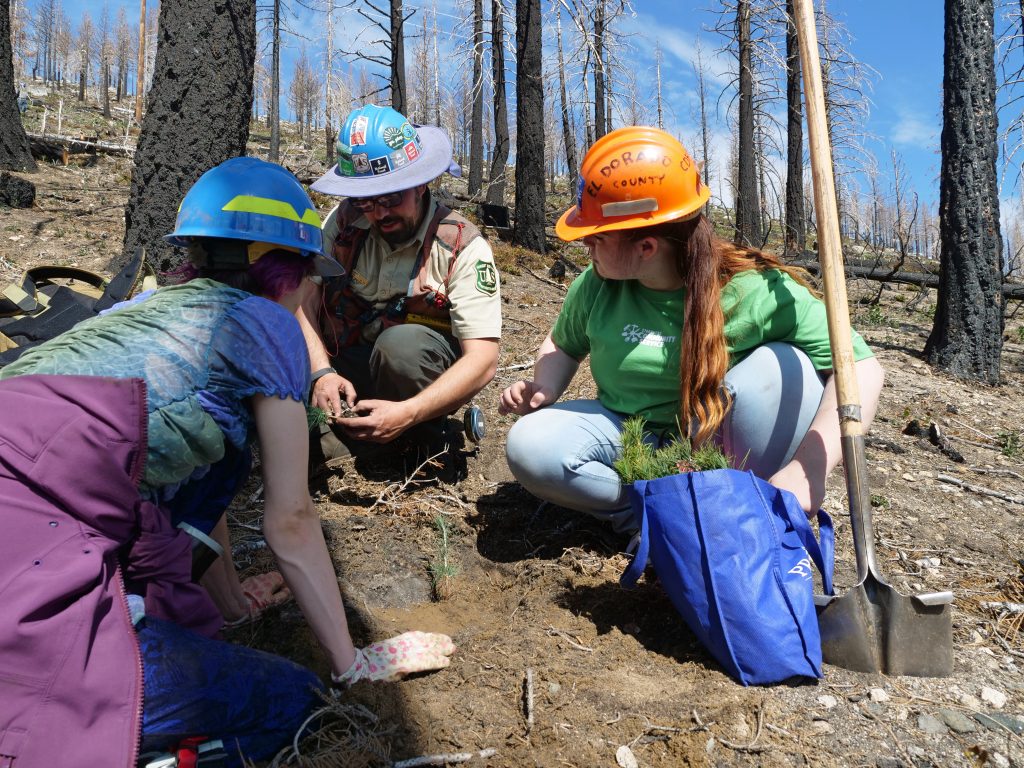
The Sugar Pine Foundation collects pinecones from Jeffrey pine, sugar pine, incense cedar, and white fir to germinate and plant the seedlings in burn scars around the Tahoe region — a roughly 50-30-10-10 percent distribution that mimics the historical mix of trees found in the basin. The pinecones are collected from trees that have been identified as resistant to the tree-killing blister rust.
“Different trees have different adaptations,” explains Mircheva. “For example, Jeffrey pines are really well-adapted to drought, but they suffer from pathogens like mistletoe. And if the Jeffrey pine beetles come through a forest, if we only have Jeffrey pine, they are going to kill all the trees. But if we have cedar and white fir and sugar pine, the forest as a whole is going to survive. Having different species with different adaptations makes the forest ecosystems stronger.”
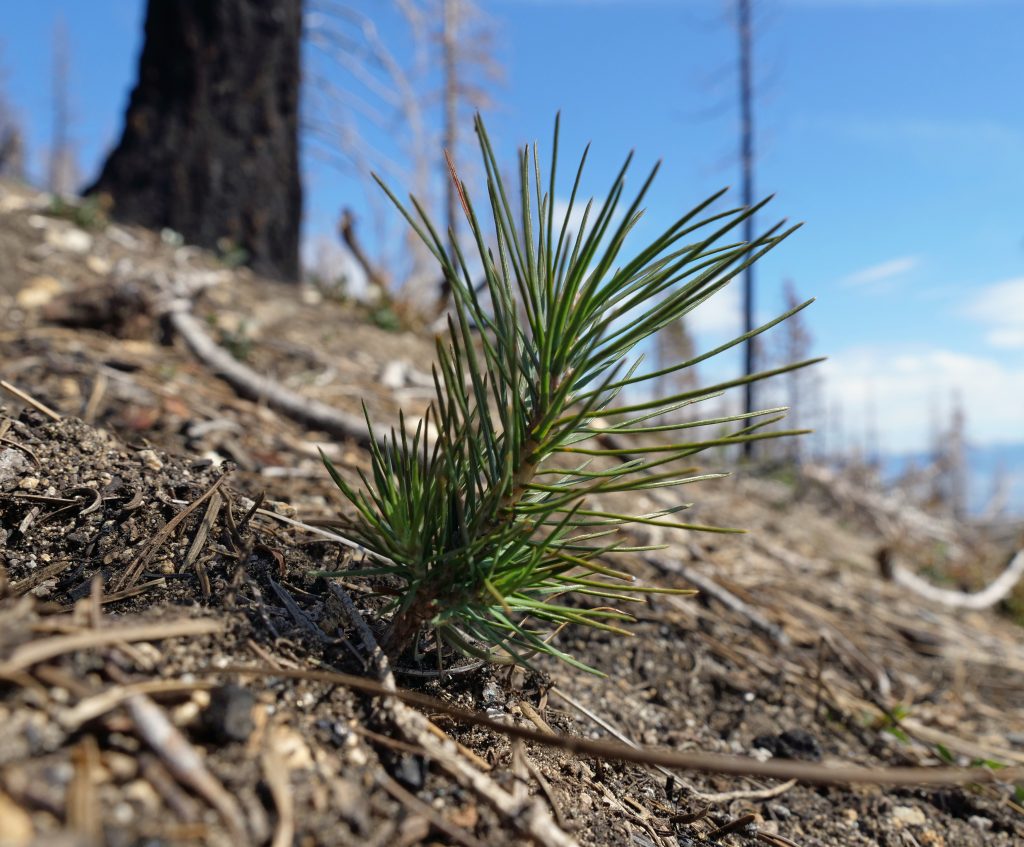
Since 2005, the Sugar Pine Foundation has planted 240,000 trees across 4,000 acres of burned or disturbed forests in the region with the help of over 16,000 volunteers.
“You can’t bring it back like it was right away, but you can start the process by planting a new forest,” says Mircheva.
The Sugar Pine Foundation hosts volunteer days to plant seedlings during the spring and fall, but this summer help revive Tahoe’s burn scars by attending a watering day at various locations around the basin every Monday, Tuesday and Wednesday at 6 p.m. Locations and details can be found at http://www.sugarpinefoundation.org/calendar.
“It’s a great opportunity for people to come help water the trees and learn about our forests,” adds Mircheva.
Editor’s note: This article originally appeared in the Summer 2025 edition of Tahoe Magazine.

Support Local Journalism

Support Local Journalism
Readers around the Lake Tahoe Basin and beyond make the Tahoe Tribune's work possible. Your financial contribution supports our efforts to deliver quality, locally relevant journalism.
Now more than ever, your support is critical to help us keep our community informed about the evolving coronavirus pandemic and the impact it is having locally. Every contribution, however large or small, will make a difference.
Your donation will help us continue to cover COVID-19 and our other vital local news.

